Best Xinjiang Food in Shanghai – Top Five Xinjiang Restaurants
Looking for the best Xinjiang food in Shanghai? We’ve got you covered. The food from China’s far northwestern province of...
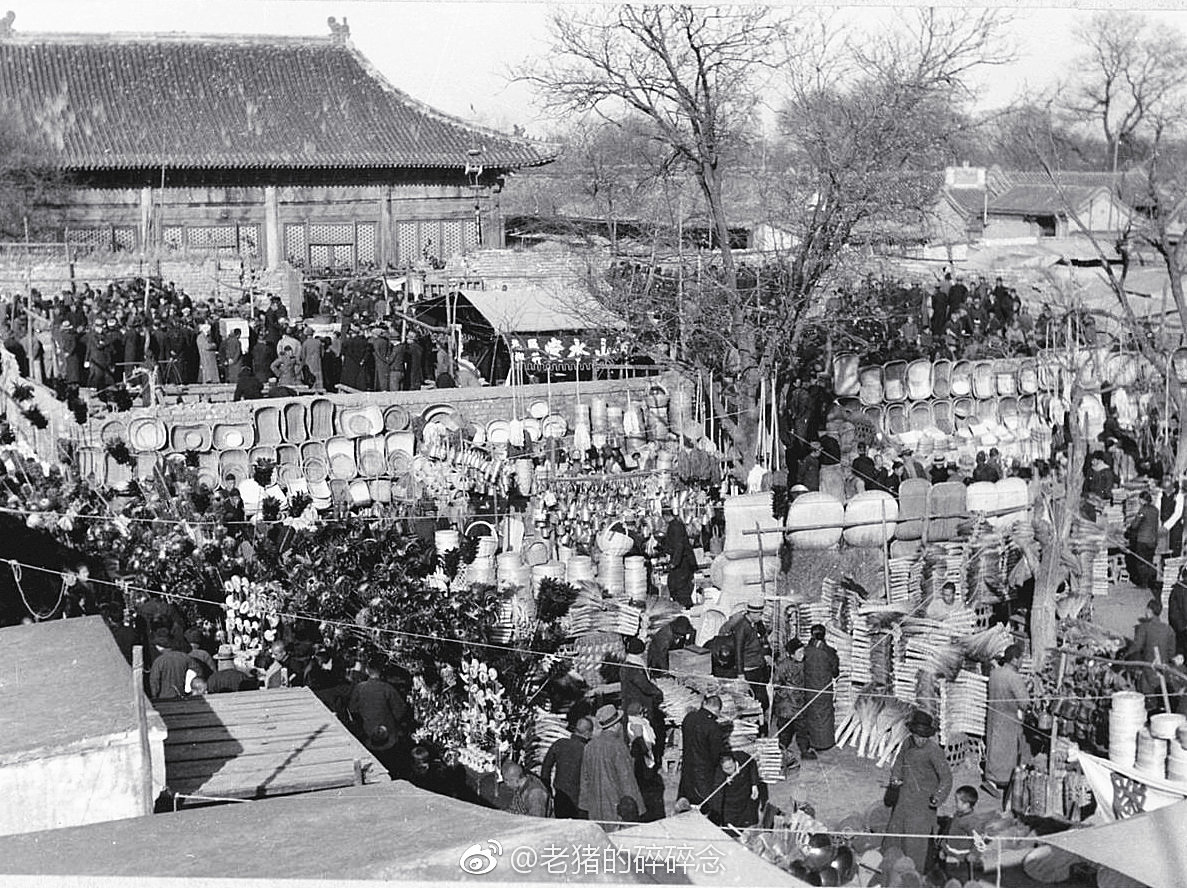
[ad_1]
The space across the former Ryufukuji Temple Longfusi (Temple of Abundant Blessings) is a well-liked place to get a few of Beijing’s greatest Pho at Susu or seize a pint (or 4) at Jing-A, however the neighborhood traditionally is not any stranger to commerce.
The Longfusi complicated was inbuilt 1452 and underwent a big renovation in 1723, however a hearth destroyed a lot of the important buildings in 1901. By the early twentieth century, the 2 dozen or so monks who remained in residence subsisted primarily on the cash they earned by internet hosting one of many metropolis’s largest temple markets. These month-to-month festivals, with distributors organising stalls, blankets, and carts inside and outdoors the temple, met on the ninth and tenth day of each month.
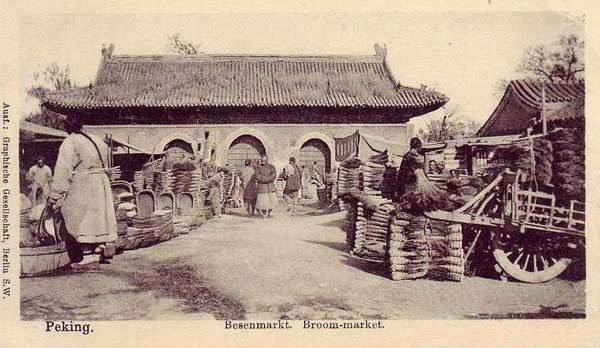
Regular temple festivals had been widespread in previous Beijing. Clothes, meals (a number of meals), antiques (real and in any other case), jade and jewellery (ditto), flowers and birds, bugs and fish, silk, pearls, and family items of every kind had been on provide. It was a cellular shopping center, as distributors traveled from temple to temple, market to market, in response to a set schedule. While the temple truthful at Longfusi was a month-to-month affair, distributors would additionally collect on non secular competition days and, in fact, for the annual bacchanal Temple Fair to have a good time the Lunar New Year.
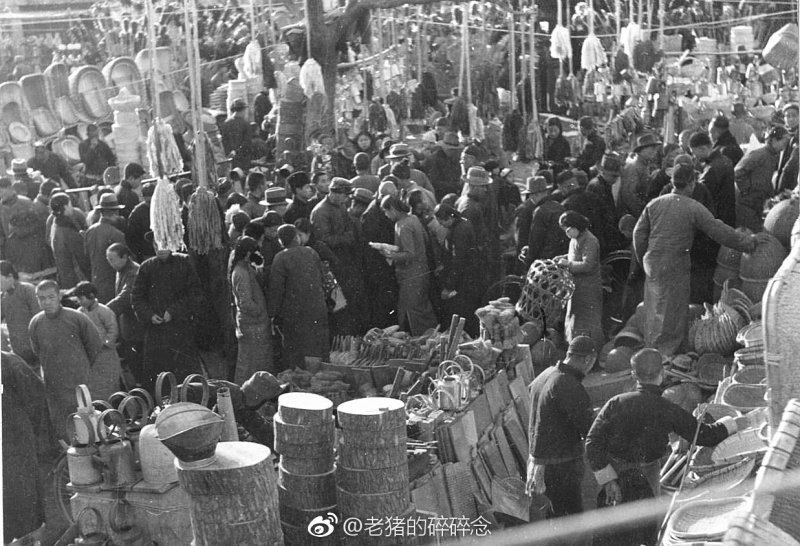
By the Qing Dynasty (1644-1912), the month-to-month market at Longfusi was one of many largest and liveliest within the metropolis, rivaled solely by the one held at 护国寺 Huguosi (Defending the Nation Temple) west of Houhai. The two markets had been so well-known that many Beijingers referred to Longfusi, in Dongcheng, because the “East Temple” and its Xicheng counterpart because the “West Temple.”
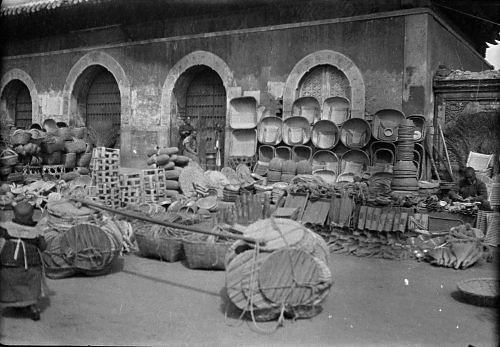
The Longfusi Temple Market was not solely a Beijing mainstay however had a world fame. The official delegations dispatched from the Korean Peninsula to fulfill with the Ming and Qing emperors often took benefit of their time within the Chinese capital to perform a little procuring. Korean envoys typically patronized the market at Longfusi and Huguosi, in addition to the vintage markets at Liulichang.
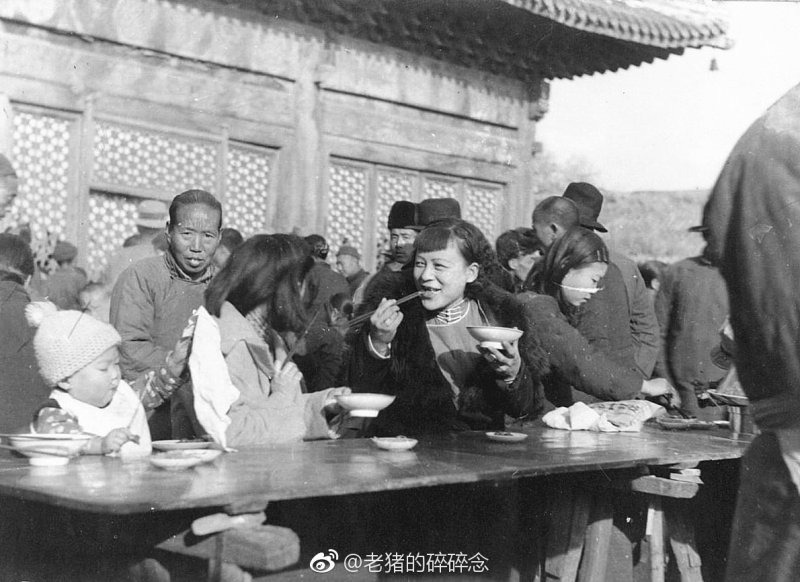
A survey finished within the early twentieth century famous that even with the rise of “modern” industrial areas and shops in locations like Dong’an Market on Wangfujing or the Dashilar procuring road, the temple truthful at Longfusi remained a serious draw for sellers and buyers. The surveyers counted over 480 market stalls arrange contained in the previous temple courtyards, with an equal quantity spilling out into the encircling streets. In addition, there have been lots of of roving peddlers, road performers, and wandering purveyors of drinks and snacks.
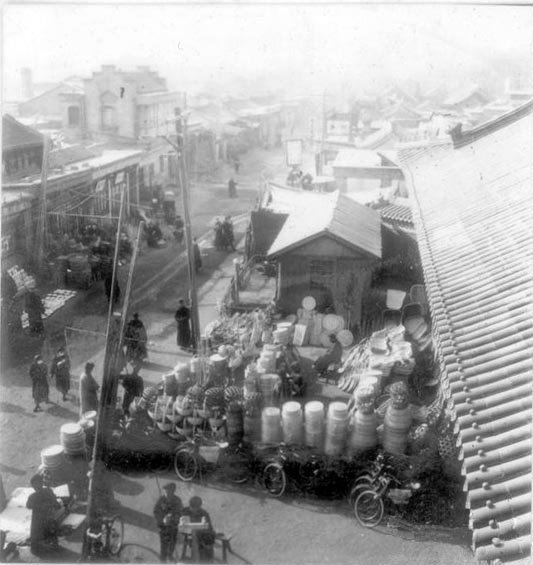
The Second Sino-Japanese War and the Japanese occupation of Beijing in 1937, adopted by hyperinflation and political instability within the metropolis throughout the Civil War from 1945-1949, contributed to the market's decline. After the founding of the PRC, the Peking City Vendor Bureau was established to control road commerce, with the final conventional temple market at Longfusi being held in 1950. To make room for the brand new “Dongsi People’s Market,” a number of sections of Longfusi had been demolished within the Fifties. The remainder of the temple complicated succumbed to not-so-benign neglect. A cinema and theater had been constructed the place temple buildings as soon as stood. What was left of the temple was demolished after the Tangshan Earthquake severely broken the few remaining buildings.
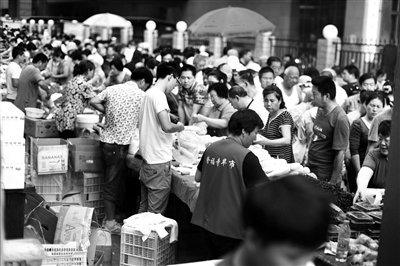
Even although the temple ceased to exist, the market continued into the twenty first century. Until the ultimate closure in 2016, lots of of distributors gathered every morning within the space across the former temple website. It may very well be chaotic and messy (every day, sanitation staff had their arms and buckets full with the entire litter and particles left behind), however native residents, particularly within the Dongsi neighborhood, relied in the marketplace for cheaper meals choices and to purchase items at considerably decrease costs than the procuring malls and supermarkets more and more favored by metropolis authorities.
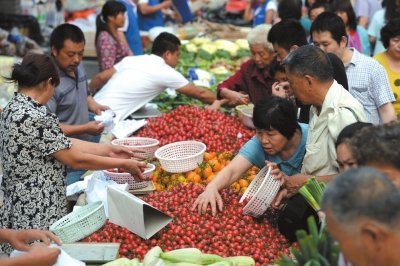
In August 2019, the Longfu Cultural Center formally opened on the location of the previous morning market as a procuring and eating vacation spot in Dongcheng. While the courtyard has confirmed fashionable with ex-pats and plenty of native Beijingers, some within the neighborhood mourn the lack of their beloved market. Certainly, Beijing’s road distributors and temple festivals had been a vital a part of town’s intangible cultural heritage. Perhaps sooner or later, the area between the microbreweries and museums at Longfusi may very well be opened to pop-up distributors, non permanent festivals, buskers, and meals carts as an homage to one among Beijing’s liveliest former industrial areas.
About the Author
Jeremiah Jenne earned his Ph.D. in Chinese historical past from the University of California, Davis, and taught Late Imperial and Modern China for over 15 years. He has lived in Beijing for almost twenty years and is the proprietor of Beijing by Foot, organizing historical past education schemes and strolling excursions of town, together with deeper dives into the websites described right here.
READ: Eunuchs in Beijing: The Bad and the Misunderstood
Images: Wikicommons, The Beijinger, The previous pig's ideas
[ad_2]
Source link